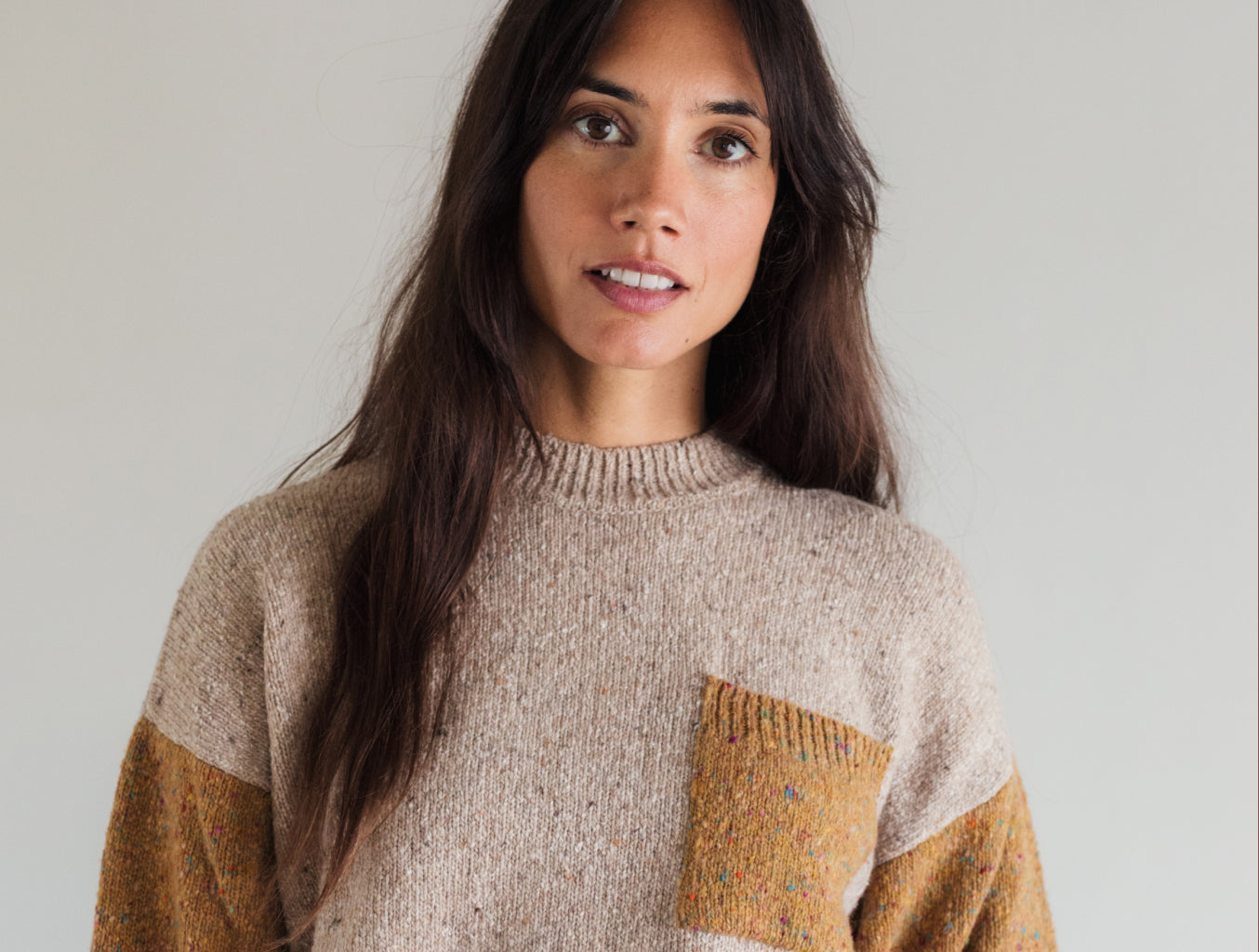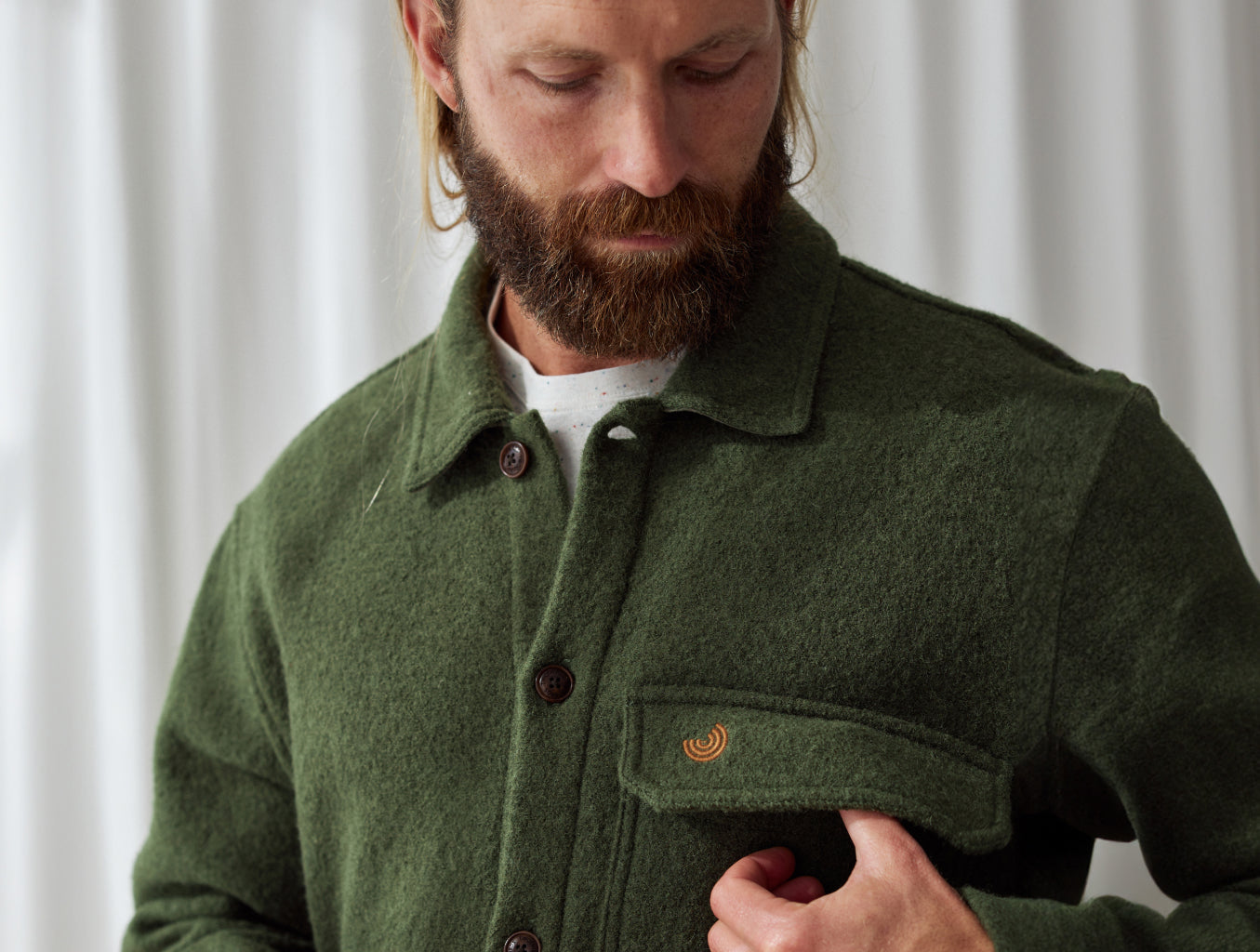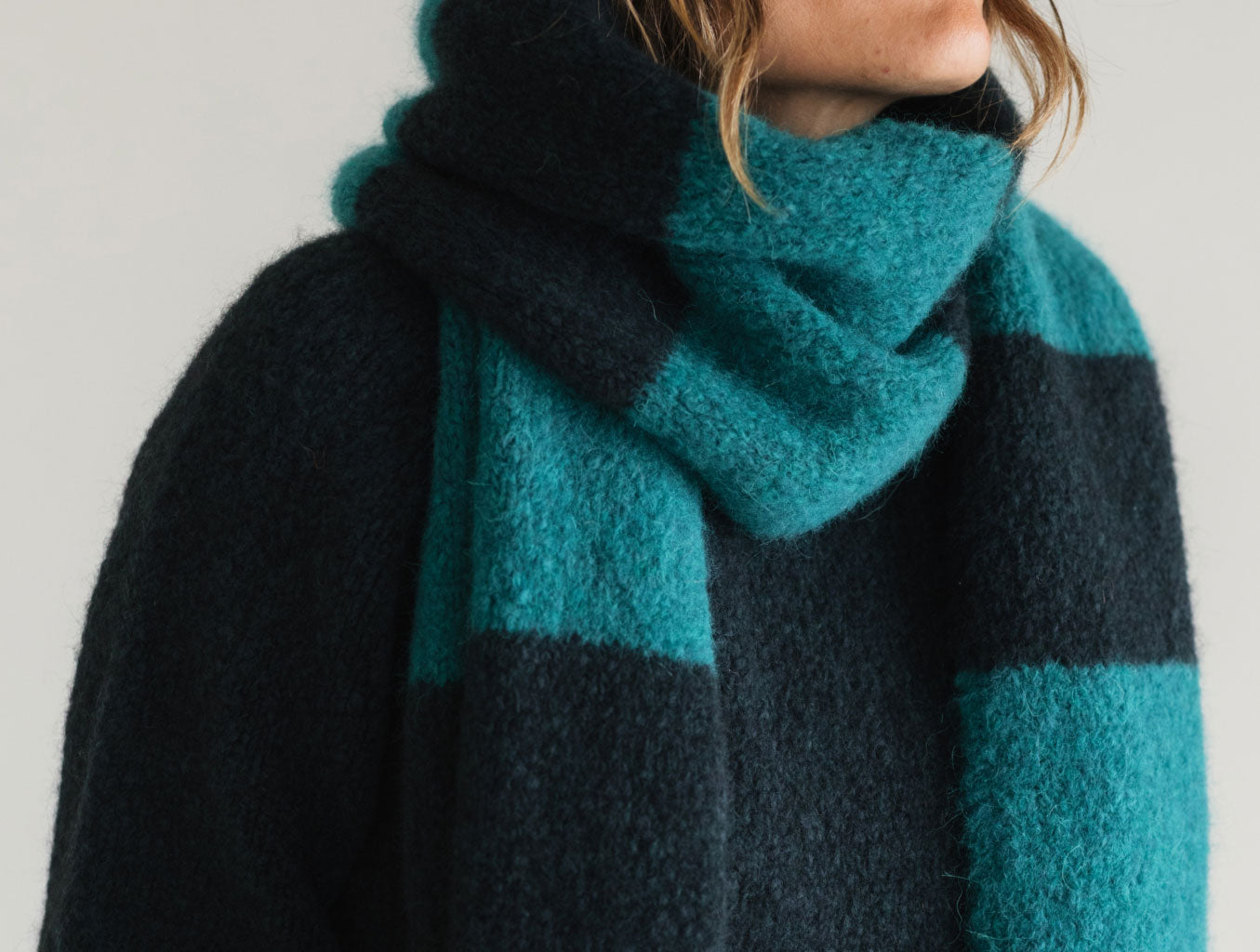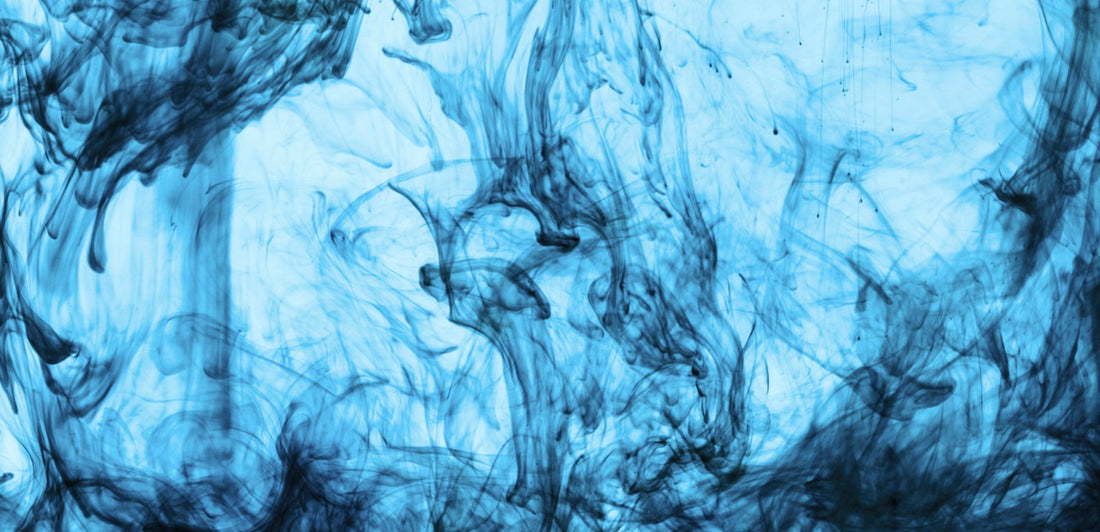Recover™ is the name of a materials science company that creates low impact, high-quality recycled cotton fibre. In this article we look at how they’ve successfully reinvented the application of colour.
Colour is typically transferred to new textiles or fibres through dye immersion which involves large amounts of water - as much as 200 tonnes of water per tonne of fabric. In fact, dyeing may be the most water intensive stage in the fashion industry, and is certainly one of the least sustainable. The effect dyeing has on river ecosystems is devastating and has been termed “hydrocide”. A toxic cocktail of chemicals is being anonymously dumped into major rivers across the global south. Documentary, RiverBlue (2016) also revealed that people who live around rivers that are polluted by the fashion industry suffer health impacts like loss of smell and increased exposure to severe diseases. Fashion Revolution put it in plain terms: “current textile dyeing systems are guilty of water pollution on a global scale.”
The excessive use of textile dyes can also be related to “overdye”, which is when brands or manufacturers dye the fibres, yarns, or fabrics a second time to achieve the colour they desire.
Colour is such an important part of what makes fashion beautiful, and shouldn’t be the cause of big environmental and social problems. The motivation behind TWOTHIRDS is ocean protection, so we feel especially concerned about the pollution of the water cycle and the excessive use of water.
Fortunately, Recover™’s RColorBlend system represents a huge development in the story of clothing colour.
A Mind Blowing Fact About Recover™ Colour
The entire process behind RColorBlend is mind-blowing! But to give you some sense of what’s achieved, consider that around half of the material in Recover™'s blended cotton fibres don’t need to be dyed at all. They take on the colour of whichever textile scraps have been used in the recycling process, and are then paired with a “carrier fibre”, which is either organic cotton (REarth) or recycled polyester (RBlue).
This carrier fibre has been “low impact” dyed, meaning that less water and chemicals are used. Key here is the fact that the recycled fibre and the carrier fibre simply need to be blended together to create the final vibrant colour. This matching process is scientifically engineered in the Recover™ lab, before being applied on an industrial scale.
Because Recover™ blended cotton fibres are coloured in this way, there is no need for our suppliers and factories to overdye the final product. It simply arrives in the colour that we need.
Recover™ says their system creates “coloured fibre at the lowest environmental cost”.
Further Benefits Of Recover™ Recycled Cotton
Using the Higgs Material Sustainability Index, Recover™ has also conducted an impact assessment on their recycled cotton fibre. This yields a number of interesting data points including that 1kg of recycled cotton fibre uses up to 2,116 fewer litres of water versus 1kg of conventional cotton. It creates up to 1.79 kg less carbon dioxide and may even reduce eutrophication (which is the artificial enrichment of natural water systems) by 24.5 grams per kilo.
It should be stressed that these figures relate to the impact of 1kg of unblended Recover™ Recycled Cotton.
Recover™’s RColorBlend system fits into a bigger picture of low impact fibre production. We love that the colour blending system saves water and chemicals, marking a vast improvement on fast fashion colour systems.
Recover™ proves that colourful clothing does not have to be unsustainable. Rather, they show how it can be made in a more efficient and intelligent way. Their high regard for sustainability is the main reason that TWOTHIRDS works with Recover™ to produce low impact recycled cotton tops, loungewear, knits and socks. Wear your TWOTHIRDS Recover™ garments with pride.












